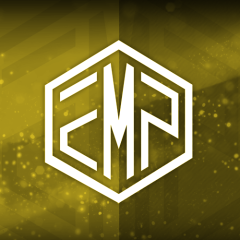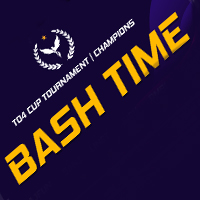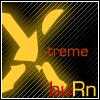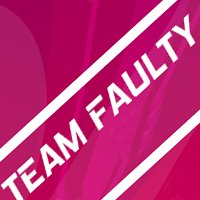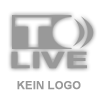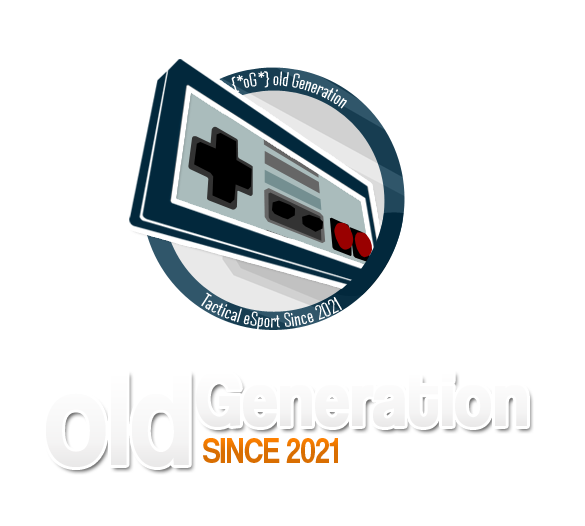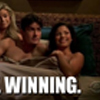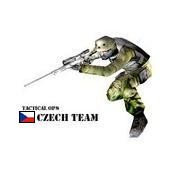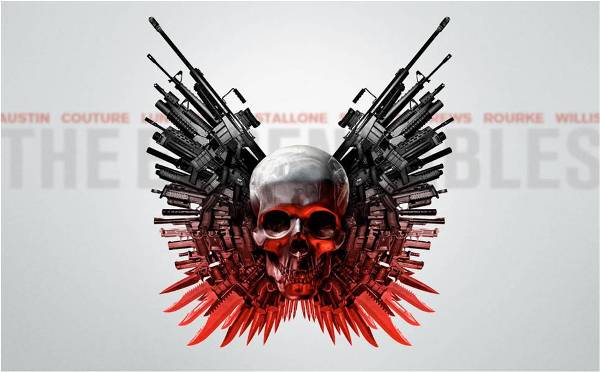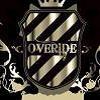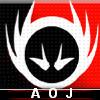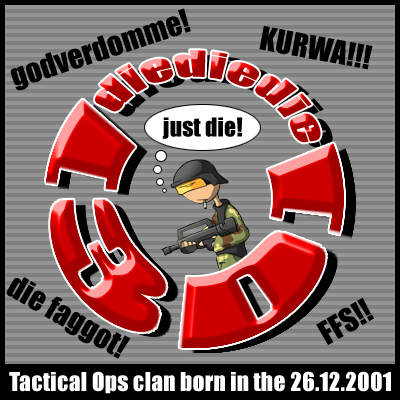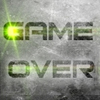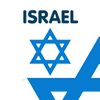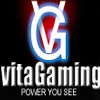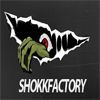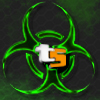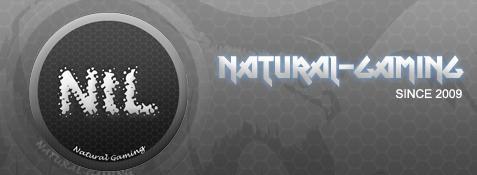Wir beginnen am Anfang
Als erstes muss man festlegen, welche Waffe man erstellen will. In diesem Fall nehmen wir die Ragin-Bull, die von Sampson sehr schön modelliert wurde.
Das Team entscheidet, welche Version der Waffe umgesetzt werden soll. Daraufhin suchen die Modellierer Referenz-Bilder der ausgewählten Waffe. Gute Referenzen zu finden ist sehr wichtig, da man ohne gute Vorlage keine gutaussehende Waffe erstellen kann.
Dies ist die Abbildung der Waffe, die die Modellierer als Vorlage verwenden.
Die Basis
Von diesem Referenz-Bild erstellen die Modellierer die Basis des Modells.
In diesem Stadium sieht die Waffe noch sehr simpel aus.
Dieses Stadium ist dazu da, um die grundlegende Form der Waffe zu erstellen. Die Details werden zu einem späteren Zeitpunkt hinzugefügt.
Hohe Details
Aus dem Basis-Modell wurde ein hoch detailirtes Modell erstellt. Des bedeutet, dass kleine Schrauben und Kanten in auf der Waffe zu sehen sind.
Im Idealfall könnten wir die Waffe zu diesem Zeitpunkt schon in das Spiel integrieren. Allerdings kann der Computer mit diesem komplexen modell nicht umgehen - dies gilt für alle Modelle, nicht nur für Waffen.
Wenn die Grafikkarte versucht die Waffe mit allen Details darzustellen, verlangsamt sich der Computer zu stark.
Dies führt im Spiel zu einer Diashow und macht somit keinen Spass.
Wir müssen versuchen ein hohes Maß an Genauigkeit, aber eine Verringerung des Komplexität der Waffe zu erreichen.
Zum Glück gibt es einige Möglichkeiten, wie wir dies tun können.
UV-Mapping
UV-Mapping ist eine Möglichkeit für das Zusammenspiel zwischen der Textur und des Models, und des Modells mit sich selber.
Wie ihr euch vorstellen könnt, sind die Texturen 2-Dimensional, obwohl das Modell 3-Dimensional ist.
Das Problem ist, dass man eine Textur nicht direkt auf das Modell projektieren kann.
Dies ist der Teil, wo die UV-Map zum einsatz kommt; es ist ein tatsächliches Bild der Waffe, welche in 2-Dimensionen entfaltet wird.
Eine normale Map erstellen
Eine normale Map ist eine clevere Technik, um die Modelle detaillierter aber geometrisch weniger komplex aussehen.
Von dem hochdetaillierten Modell wird einer normale Map genommen. Dies ist ein 2D-Bild der Waffe, wo die Farben, die Tiefen und die Winkel dargestellt werden. Die Map wird später Pseudodetailliert auf das weniger komplexe Modell gelegt.
Normal-Mapping ist ein komplexes Thema und ich bin nicht der beste Typ um es zu erklären. Wenn ihr mehr darüber wissen möchtet, könnt ihr folgende Seite besuchen: »
www.bencloward.com/tutorials_normal_maps1.shtml
Dieses Bild ist nur ein Teil der Ragin-Bull Normal-Map, welches einen profilierten Schriftzug zeigt.
Die Waffe liegt auf der UV-Map hinter dem Sichtpunkt. Daher ist sie Spiegelverkehrt.
Low Poly 1st and 3rd Person
Aus dem hochdetaillierten Modell ist ein 1st Person-Modell geworden.
Dies ist die Waffe, die ihr in der unteren rechten Ecke des Bildschirms im Spiel sehen werden (es sei denn, du bist Linkshänder

). Dies ist ein vereinfachtes Modell, wobei einige kleine Details ausgestellt wurden. Die Waffe wurde auch für das 3rd-Person-Modell vereinfacht. Das 3rd-Person-Modell ist das Modell, welches die anderen Spielen seher werden. Daher kann die 3rd-Person-Ansicht nicht zu komplex werden.
Die ist der Zeitpunkt, wo die Normal-Map angewendet wird. Die ganzen Lichteffekte wirken 3dimensionaler ohne das es einen Leistungsverlust gibt.
Texturing
Nun haben wir eine UV-Map aufdenen die Texturen sind. Es ist sehr trickreich eine flache Textur gut auf ein Modell zu bekommen.
Wie du siehst, ist die Textur nicht gerade intuitiv. Der andere Grund, warum texturing so schwierig ist, ist der Level auf dem die Details gebraucht werden. Um die Waffe gut und realistisch aussehen zu lassen, muss die Textur sehr sorgfältig bearbeitet werden. Dazu gehören Kratzer und Abnutzungen, die man auf einer Waffe findet.
Endgültige Waffe
Wenn die Waffe so gut wie möglich aussieht, legen wir sie in die Medien-Vorlage. Dies ist das fertige Produkt, vom Anfang bis zum Ende.
Sei bereit für unser Neujahrs-Media release, welches schon bald kommen wird.
Wir sehen uns auf den Servern,
euer TA Entwickler-Team!
Frei übersetzt von Alazrian.
Wer bessere Englischkenntnisse als ich hat (was nicht schwer ist), möchte sich dann bitte unten den Artikel auf englisch durchlesen.
Start at the Start
The first thing is to work out what weapon it is needs modelling. In this case we are looking at the Raging Bull which has been beautifully modeled by Sampson. The team decides exactly what version of the model is needed and then the modeller finds reference images. Finding references is a vital stage, you can't just make up the design for these models otherwise they don't come out looking good. This is the sort of shot that the modellers will use for reference.
Build from the Base
From these reference images the modeller then builds up the base of the model, at this stage is it still quite simple. This stage is about getting the basic shape right from which all of the details are then added.
High Poly
From the base model a vey detailed high polygon model is created. This means modelling all of the little screws and edges. Now ideally we would stick the model straight in the game at this point as it looks awesome. However the problem is that your computer can't cope with such a complex model - this is true for all models, not just guns. When your graphics card tries to draw the gun it tries to draw all the little details and just slows down. This results in the game turning into a slideshow and makes it no fun at all. What we need to do is try and maintain the level of detail but decrease the complexity of the model. Luckily there are some ways that we can do this.
UV-Mapping
UV mapping is a way of interfacing between the texture of the model and the model itself. As you can imagine the textures are 2 dimensional while the model is 3 dimensional. The problem is that you can't directly project a texture onto the model. This is where the UV map comes in; it is effectively a picture of the gun unfolded into 2 dimensions.
Making a Normal Map
A Normal map is a clever technique for making models look more detailed without making them more geometrically complex. From the high poly model a Normal Map is taken. This is a 2D image of the gun where the colours represent the depth and angle of the faces. The map will then be reapplied later bringing pseudo detail to the less complex model. Normal mapping is a complex subject and I'm not the best guy to explain it, if you are interested in learning more start with
www.bencloward.com/tutorials_normal_maps1.shtml which is an excellent explanation of the concept. This image is just part of the Raging Bull normal map showing the profiled lettering. Notice the map is actually back to front, this just depends which way up the gun is on the UV map.
Low Poly 1st and 3rd Person
From the high poly model a 1st person model is made. This is the gun that you will see in the bottom right corner of your screen in game (unless you are left handed Wink). The model is simplified down and some of the little details are taken off. The gun is the simplified again for the third person model. The third person is the one that you will see other people holding, as there could be a fair few of these on screen at once the third person can't be too complex. This the stage where the normal map is now applied, the normal map affects the way that light reflects of the model making it look more 3D without costing performance.
Texturing
Now we have a UV map the texture is painted onto the map. This is very tricky as you have to make the flat texture fit nicely onto the model. As you can see from the textures it isn't exactly intuitive. The other reason texturing is difficult is the level of detail needed. To make the gun look good it needs to be realistic so the texture has to be done carefully to make it look real. This includes things like scratches and wear marks where the gun would be held.
Final Perparation
Just to get it looking as good as possible we then render it nicely and put it into our media template. There is your finished product from start to finish.
Stay tuned for our New Years Media release which is coming your way soon.
See you on the servers,
Your TA Development Team!








 ). Dies ist ein vereinfachtes Modell, wobei einige kleine Details ausgestellt wurden. Die Waffe wurde auch für das 3rd-Person-Modell vereinfacht. Das 3rd-Person-Modell ist das Modell, welches die anderen Spielen seher werden. Daher kann die 3rd-Person-Ansicht nicht zu komplex werden.
). Dies ist ein vereinfachtes Modell, wobei einige kleine Details ausgestellt wurden. Die Waffe wurde auch für das 3rd-Person-Modell vereinfacht. Das 3rd-Person-Modell ist das Modell, welches die anderen Spielen seher werden. Daher kann die 3rd-Person-Ansicht nicht zu komplex werden.



















